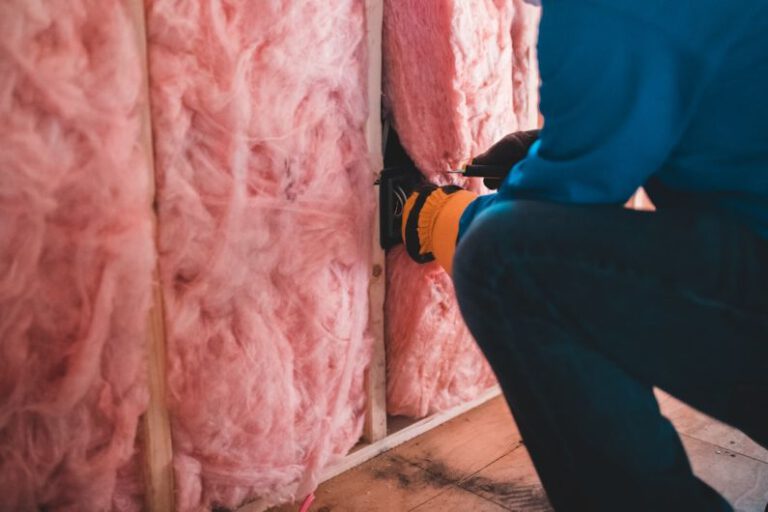How Are Composite Materials Changing the Building Industry?
Composite materials have been revolutionizing the building industry in recent years, offering a wide range of benefits that traditional materials like concrete, steel, and wood cannot match. From increased durability and strength to enhanced sustainability and design flexibility, composite materials are changing the way buildings are constructed and maintained. Let’s delve into how these innovative materials are reshaping the building industry.
Enhanced Durability and Strength
One of the key advantages of composite materials in construction is their superior durability and strength compared to traditional building materials. Composites are typically made by combining two or more materials to create a stronger and more resilient product. For example, fiber-reinforced polymer composites are known for their high strength-to-weight ratio, making them ideal for structural applications in buildings. These materials are also resistant to corrosion, rot, and pests, ensuring longevity and minimal maintenance requirements.
Sustainability and Environmental Benefits
In an era where sustainability is a top priority, composite materials offer a more eco-friendly alternative to traditional building materials. Many composites are made from recycled or renewable sources, reducing the environmental impact of construction projects. Additionally, the durability of composite materials means that buildings constructed with these materials have a longer lifespan, reducing the need for frequent repairs or replacements. This sustainability factor is attracting more architects and builders to incorporate composite materials into their projects.
Design Flexibility and Versatility
Composite materials provide architects and designers with unparalleled freedom in terms of aesthetics and functionality. These materials can be molded into virtually any shape or size, allowing for intricate designs and innovative architectural features that would be challenging to achieve with traditional materials. Moreover, composites can mimic the appearance of natural materials like wood or stone while offering superior performance characteristics. This versatility opens up a world of creative possibilities for building design and construction.
Lightweight Construction
Another significant advantage of composite materials is their lightweight nature, which simplifies the construction process and reduces the overall weight of the building. Lighter materials mean less strain on the building’s foundation and structural components, potentially lowering construction costs and making buildings more earthquake-resistant. Additionally, the ease of handling and installation of composite materials can expedite the construction timeline, saving time and labor expenses.
Improved Energy Efficiency
Composite materials can also contribute to improved energy efficiency in buildings. For instance, composite panels with built-in insulation properties can enhance the thermal performance of a building, reducing energy consumption for heating and cooling. This not only lowers utility bills for building owners but also helps reduce the carbon footprint of the building. By utilizing composite materials with energy-efficient features, architects and developers can create sustainable and comfortable spaces for occupants.
The Future of Building with Composites
As the building industry continues to evolve, composite materials are poised to play an increasingly prominent role in shaping the future of construction. With ongoing advancements in material science and manufacturing techniques, we can expect to see even more innovative composite products entering the market. From self-healing composites to 3D-printed composite structures, the possibilities for composite materials in construction are virtually limitless.
In conclusion, the widespread adoption of composite materials in the building industry is transforming the way structures are designed, constructed, and maintained. With their superior durability, sustainability, design flexibility, lightweight construction, and energy efficiency benefits, composites are revolutionizing the way we build. As architects, engineers, and builders embrace these innovative materials, we can look forward to a more resilient, sustainable, and aesthetically pleasing built environment powered by the endless possibilities of composite materials.






